Reptiles make fascinating pets, but unlike dogs or cats that might vocalize their discomfort or show obvious signs of illness, our scaly companions often hide their symptoms until conditions become severe. This evolutionary trait—concealing weakness to avoid predation in the wild—makes it challenging for even experienced reptile owners to identify health problems early. Being vigilant about subtle changes in your reptile’s appearance, behavior, or routine can make the difference between timely intervention and serious health complications. This comprehensive guide will help you recognize the warning signs that your reptile might be unwell, empowering you to seek appropriate veterinary care before conditions worsen.
Understanding Normal Reptile Behavior

Before you can identify signs of illness, you need to establish what’s normal for your specific reptile species and individual pet. Spend time observing your healthy reptile’s typical eating patterns, activity levels, basking habits, and elimination routines to create a behavioral baseline. Documentation can be particularly helpful—consider keeping a simple log of feeding times, amounts consumed, and shedding cycles for reference. Remember that “normal” varies significantly between species; what’s concerning in a bearded dragon might be perfectly healthy for a ball python. Many first-time reptile owners mistake normal behaviors for illness, so researching your specific species’ natural history and typical behaviors is essential for accurate health monitoring.
Changes in Appetite
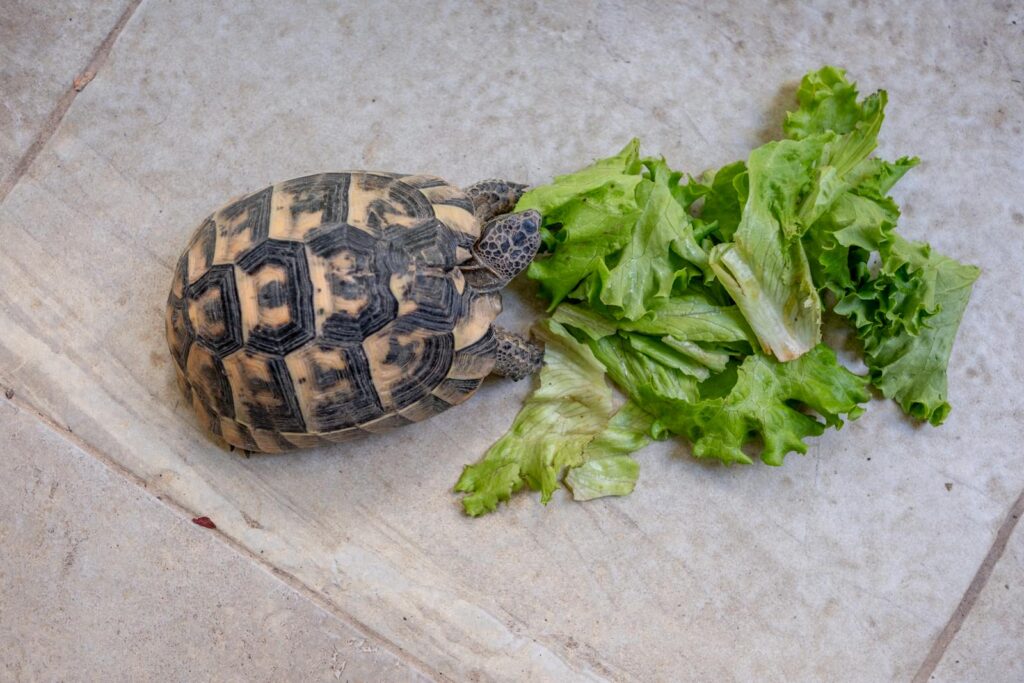
One of the earliest and most reliable indicators of illness in reptiles is a change in appetite or feeding behavior. A healthy reptile typically maintains consistent eating habits, so refusal of food beyond normal fasting periods (like breeding season or pre-shedding) warrants attention. Watch for subtle changes like showing interest in food but not consuming it, eating less than usual, or regurgitating meals, which can indicate digestive issues or infections. Keep in mind that seasonal variations in appetite are normal for many species, but prolonged refusal of food—generally exceeding two weeks for most species—should trigger a veterinary consultation. Appetite changes accompanied by weight loss are particularly concerning and may indicate more serious underlying health issues requiring immediate attention.
Weight Loss or Gain
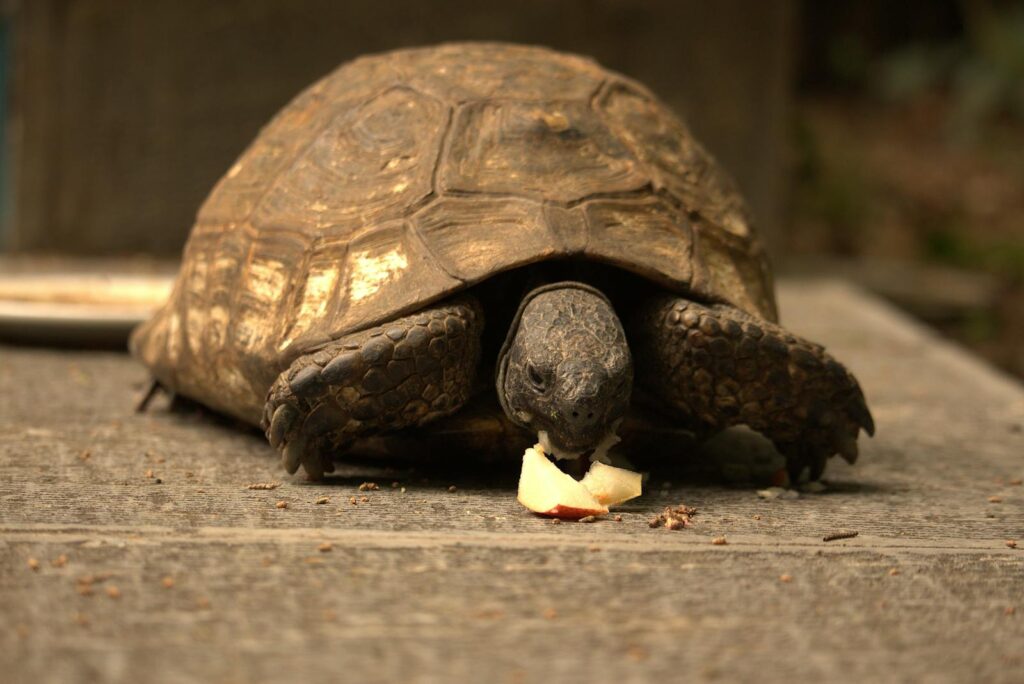
Maintaining appropriate body condition is vital for reptile health, making unexpected weight fluctuations important warning signs of illness. Healthy reptiles should maintain a relatively consistent weight, with gradual increases in growing juveniles and subtle seasonal variations in adults. Significant weight loss, particularly when ribs, hip bones, or the spine become prominent, indicates serious health concerns that require prompt veterinary attention. Conversely, sudden weight gain or bloating—especially when accompanied by lethargy or breathing difficulties—may signal fluid retention, egg binding in females, or internal organ issues. Regular weighing (weekly for juveniles, monthly for adults) using a digital scale provides objective measurements that can help identify concerning trends before they become visually obvious.
Abnormal Fecal Matter
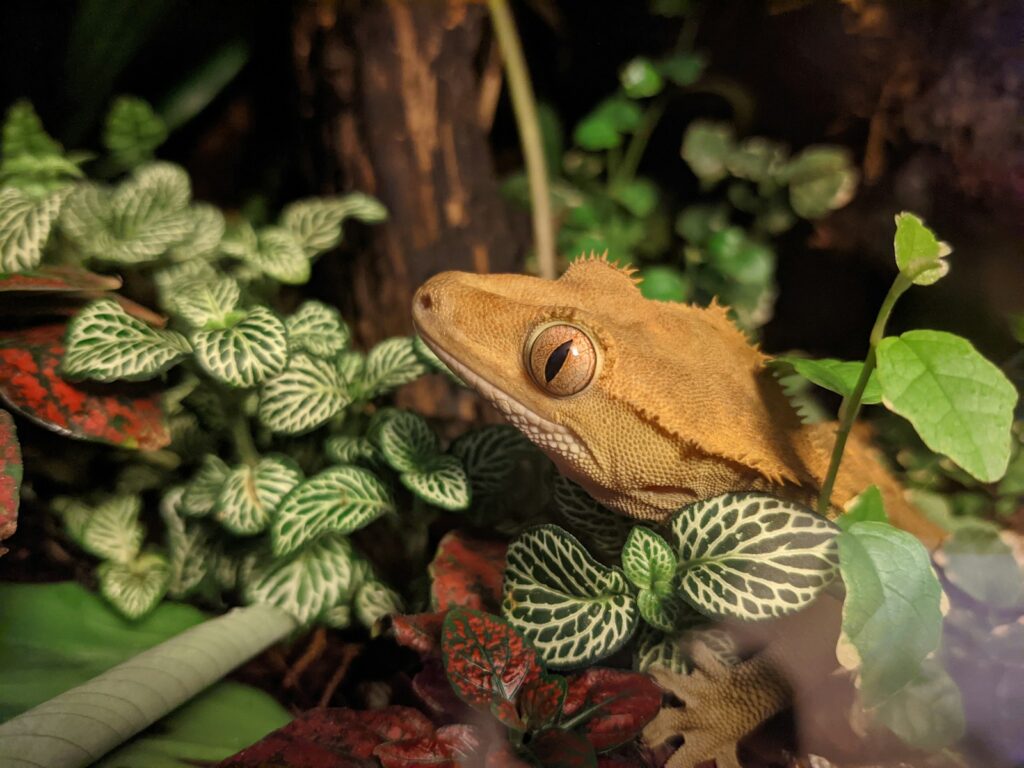
A reptile’s waste can provide valuable information about its health status, making regular inspection of fecal matter an essential monitoring practice. Normal droppings vary by species but generally should be well-formed with distinct urate (white portion) and fecal (dark portion) components. Diarrhea, bloody stool, excessively watery or malodorous droppings, or significant changes in frequency or appearance can indicate parasitic infections, nutritional imbalances, or digestive disorders. Undigested food in feces suggests improper temperature regulation or digestive enzyme issues that prevent proper nutrient absorption. Absence of bowel movements for extended periods beyond what’s normal for your species can indicate impaction—a potentially life-threatening condition requiring immediate veterinary intervention, particularly common in substrate-ingesting species like bearded dragons.
Respiratory Issues

Respiratory infections are among the most common health problems affecting captive reptiles, often resulting from improper temperature or humidity levels. Warning signs include wheezing, gurgling sounds when breathing, open-mouth breathing (except in species where this is normal thermoregulation behavior), excess mucus around the mouth or nostrils, and bubbles forming at the nose or mouth. You might also notice your reptile extending its neck in an unusual position to facilitate breathing or displaying increased respiratory effort with visible chest movement. Left untreated, respiratory infections can progress to pneumonia, which carries a high mortality rate in reptiles. Respiratory symptoms combined with lethargy and appetite loss represent a medical emergency requiring immediate veterinary care, as antibiotics are typically necessary to resolve bacterial infections.
Abnormal Skin and Shedding

The condition of your reptile’s skin and shedding patterns offers clear indicators of overall health status. Healthy reptiles should shed their skin completely and relatively easily, though the frequency varies greatly between species and age groups. Retained shed—particularly around toes, tail tips, or eyes—can lead to constriction, tissue death, and even loss of digits if not addressed promptly. Discoloration, unusual patches, blisters, sores, or swellings on the skin may indicate fungal infections, bacterial dermatitis, burns from inappropriate heating elements, or more serious systemic disease. Dull, dry skin outside of pre-shedding periods often indicates dehydration or improper humidity levels, while excessive soaking behavior might indicate your reptile is attempting to self-treat skin discomfort or prepare for difficult shedding in insufficient humidity.
Changes in Activity Level

Significant changes in your reptile’s activity patterns often provide early warning signs of illness that might otherwise go unnoticed. While many reptiles naturally spend considerable time resting, unusual lethargy—such as remaining motionless for extended periods, decreased exploratory behavior, or unresponsiveness to stimuli—often indicates pain, infection, or metabolic problems. Conversely, hyperactivity, restlessness, excessive glass-surfing (repeatedly moving along terrarium walls), or unusual pacing can suggest stress, improper habitat conditions, or neurological issues. Activity changes contextually related to environmental factors, like decreased movement during temperature drops, are typically normal, whereas persistent behavioral changes without environmental explanation warrant investigation. Remember that activity patterns vary dramatically between species—what’s lethargic for an active species like a water dragon may be normal for a typically sedentary ball python.
Mouth Issues and Oral Discharge

The mouth region provides several important indicators of reptile health status that owners should regularly monitor. Healthy reptiles should have clean mouths free of discharge, discoloration, or excessive saliva. Red, swollen gums, cheesy yellow or white patches in the mouth, or difficulty closing the mouth completely may indicate infectious stomatitis (mouth rot)—a bacterial infection requiring prompt veterinary treatment. Excessive salivation, drooling, or bubbling around the mouth suggests respiratory infection, toxic exposure, or oral pain from injuries or dental issues. Some species normally display a pink or reddish coloration of the mouth tissues, but black, blue, or very pale gums can indicate oxygen deprivation or circulatory problems requiring immediate medical attention. Regular gentle examination of your reptile’s mouth can help catch these issues before they progress to more serious conditions.
Abnormal Posture or Movement

How your reptile positions its body and moves through its environment can reveal important information about its health status. Unusual postures such as twisted necks, tilted heads, inability to right themselves when placed on their backs, or limbs held at odd angles may indicate neurological problems, calcium deficiencies, or metabolic bone disease. Dragging limbs, tremors, twitching, seizures, or circling behaviors suggest serious neurological issues requiring immediate veterinary attention. In lizards, look for difficulty climbing surfaces they previously navigated easily or reluctance to use certain limbs, which may indicate joint pain or muscle weakness. For snakes, watch for abnormal locomotion patterns like difficulty forming proper body curves, inability to lift portions of the body, or star-gazing (upward fixed gaze with rigid posture), which often indicates neurological disease or severe vitamin deficiencies.
Eye Problems

The eyes provide particularly clear windows into reptile health, making regular visual inspection an essential monitoring practice. Healthy reptile eyes should be clear, bright, symmetrical, and free of discharge or swelling. Sunken eyes typically indicate dehydration, while swollen, bulging eyes may suggest infection, trauma, or vitamin A deficiency. Cloudy eyes outside of the pre-shedding period (when temporary cloudiness is normal) may indicate bacterial or fungal infections, particularly when accompanied by discharge or inflammation. Retained eye caps during shedding are common problems in snakes that can lead to infection or vision impairment if not addressed. Asymmetrical pupil sizes, inability to close eyelids properly, or constant squinting suggest pain or neurological issues requiring veterinary assessment. In species with a third eyelid (spectacle), prolonged extension may indicate stress or illness.
Temperature Regulation Problems
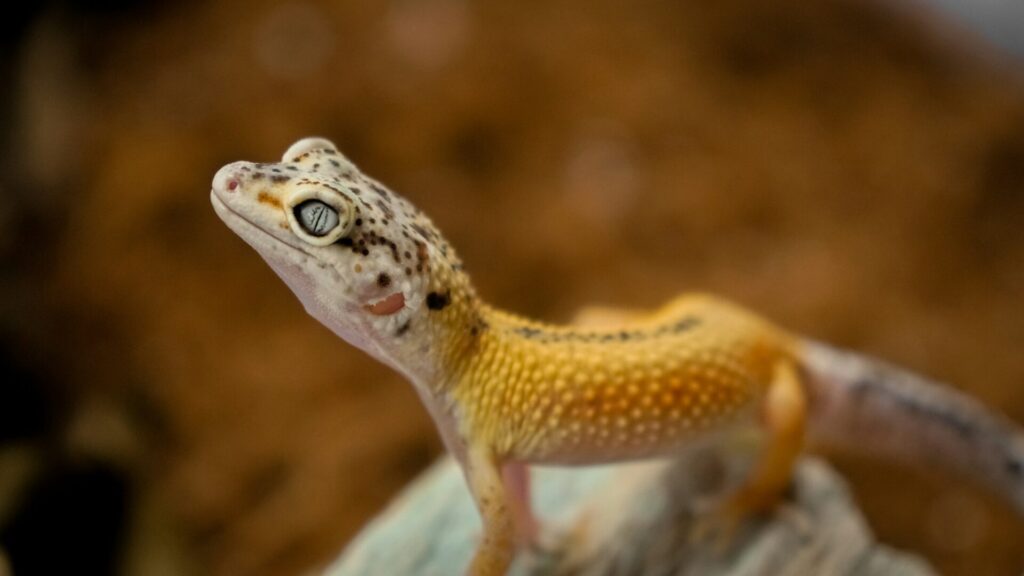
As ectotherms, reptiles rely on environmental heat sources to regulate their body temperature, making abnormal thermoregulatory behaviors important illness indicators. A healthy reptile typically moves between warmer and cooler areas of its enclosure to maintain optimal body temperature. Spending excessive time under heat sources may indicate infection (as many reptiles develop behavioral fever to fight pathogens) or insufficient overall enclosure temperatures. Conversely, avoiding heat sources entirely might suggest overheating, burns from malfunctioning heaters, or pain that worsens with movement. Some ill reptiles lose the ability to thermoregulate effectively, remaining wherever they’re placed regardless of temperature appropriateness. Regular temperature monitoring using accurate digital thermometers at various enclosure locations helps ensure your reptile can properly thermoregulate, as improper temperature gradients themselves can lead to illness through compromised immune function.
Breeding-Related Issues
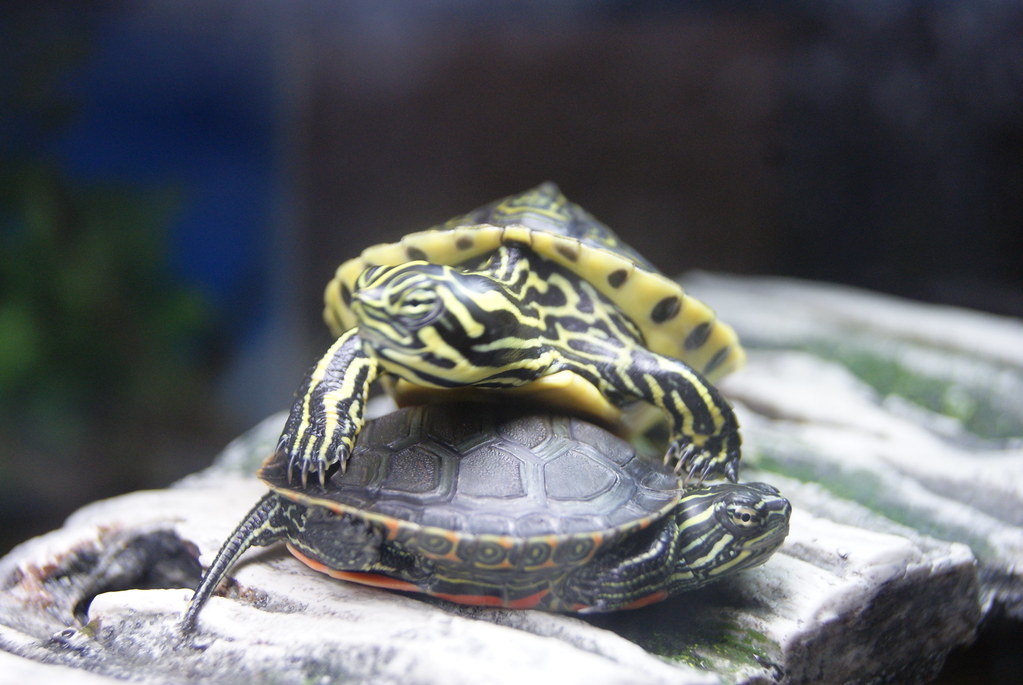
Reproductive health problems are common in captive reptiles and present unique challenges in both male and female specimens. In females, egg binding (dystocia) represents a life-threatening emergency characterized by straining, restlessness, lethargy, swollen abdomen, or partially protruding eggs that aren’t passed within 24-48 hours of showing laying behavior. Males may experience hemipene prolapse—where reproductive organs become extended and fail to retract—requiring immediate veterinary intervention to prevent tissue damage. Excessive breeding behavior, particularly in species housed in male-female pairs, can cause stress and injury to females, while gravid females require specific nutritional and environmental modifications to support egg development. Post-egg laying, females should be monitored for weakness, weight loss, or lethargy that persists beyond a few days, which may indicate calcium depletion or other complications requiring supplementation and supportive care.
When to Seek Veterinary Care

Understanding when to consult a reptile veterinarian—ideally an exotic pet specialist with reptile experience—is crucial for successful treatment outcomes. Consider any significant change from your pet’s normal appearance or behavior that persists for more than 24-48 hours worthy of at least a phone consultation with a veterinarian. Signs requiring immediate emergency care include respiratory distress, prolapsed organs, seizures, paralysis, significant bleeding, egg binding, severe swelling, or complete cessation of eating for extended periods (specific to species). Establish a relationship with an exotic veterinarian before emergencies occur, scheduling annual wellness exams that often include fecal parasite testing and basic health assessments. Remember that most reptile illnesses progress slowly until reaching critical stages, so what seems like a sudden emergency has likely been developing for weeks or months—emphasizing the importance of regular monitoring and early intervention when subtle changes first appear.
Monitoring your reptile’s health requires attentiveness, knowledge of species-specific normal behaviors, and recognition of subtle changes that might indicate developing problems. By establishing a baseline for your healthy pet and regularly checking for the warning signs outlined above, you’ll be better positioned to identify health issues early when treatment is most effective. Remember that reptiles have evolved to hide illness until conditions become severe, making your observational skills crucial to their wellbeing. When in doubt about changes in your reptile’s appearance or behavior, consult with a qualified exotic animal veterinarian promptly. With proper care, environmental management, and medical intervention when needed, your scaly companion can enjoy a long, healthy life in your care.

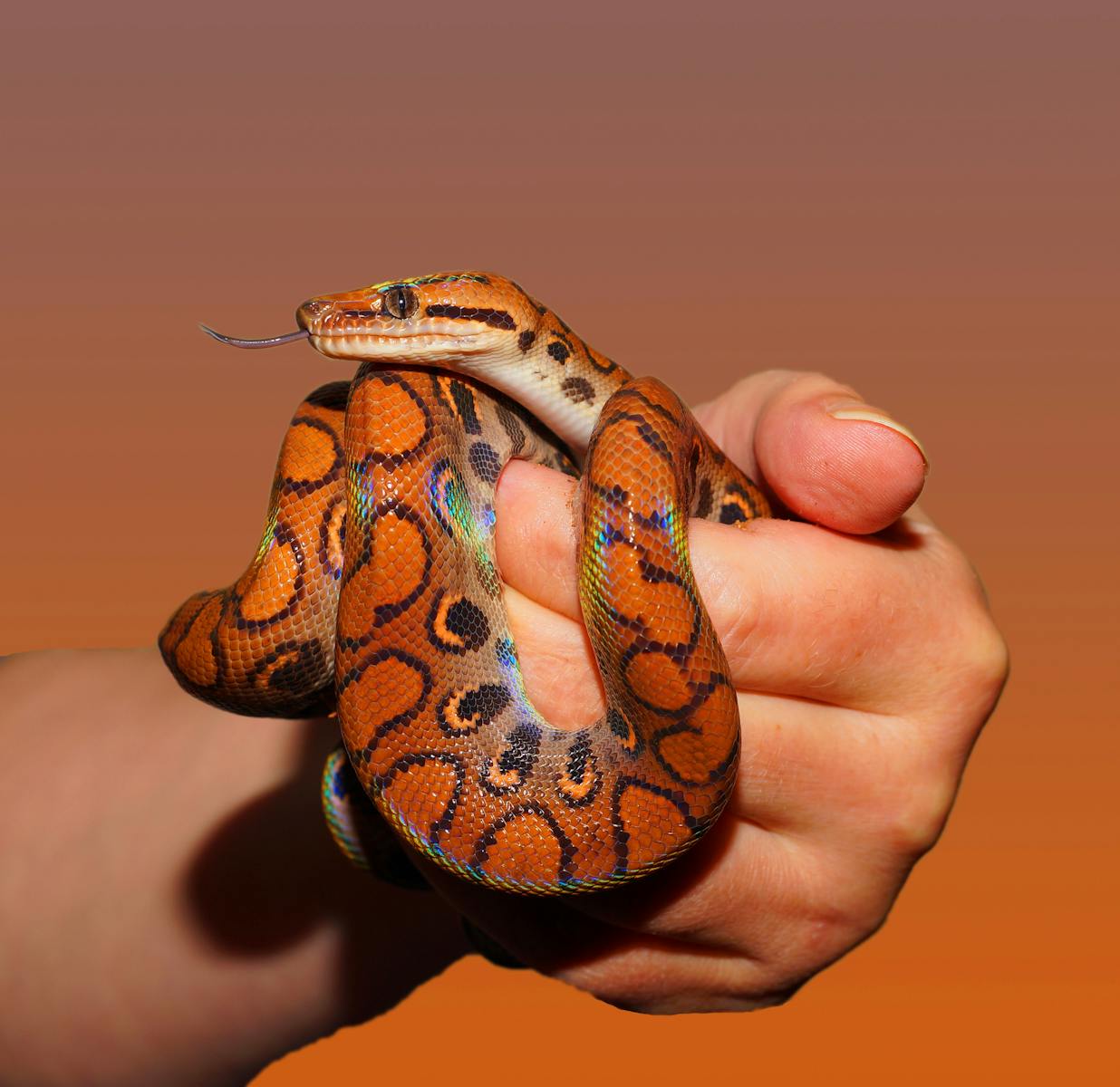







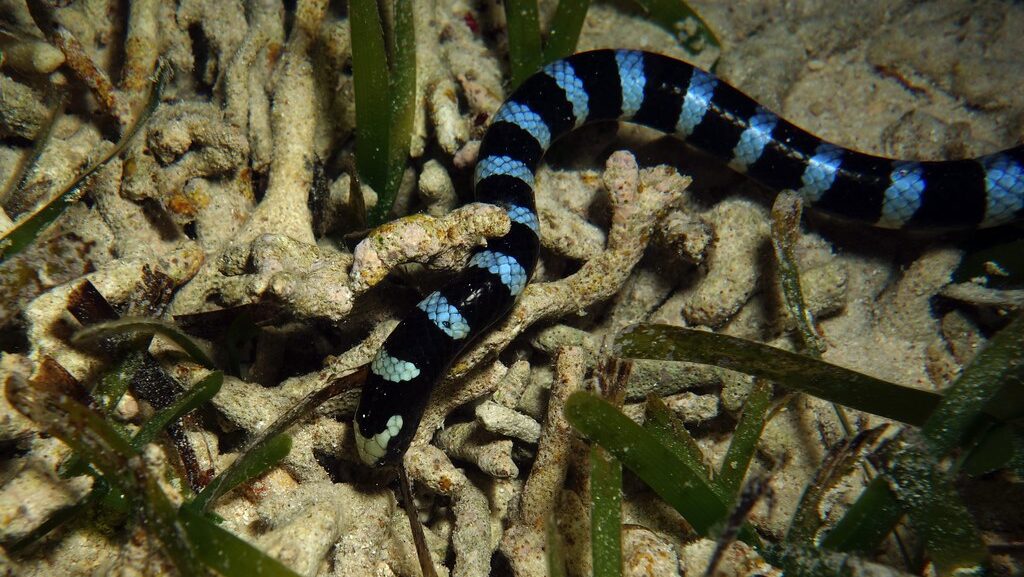
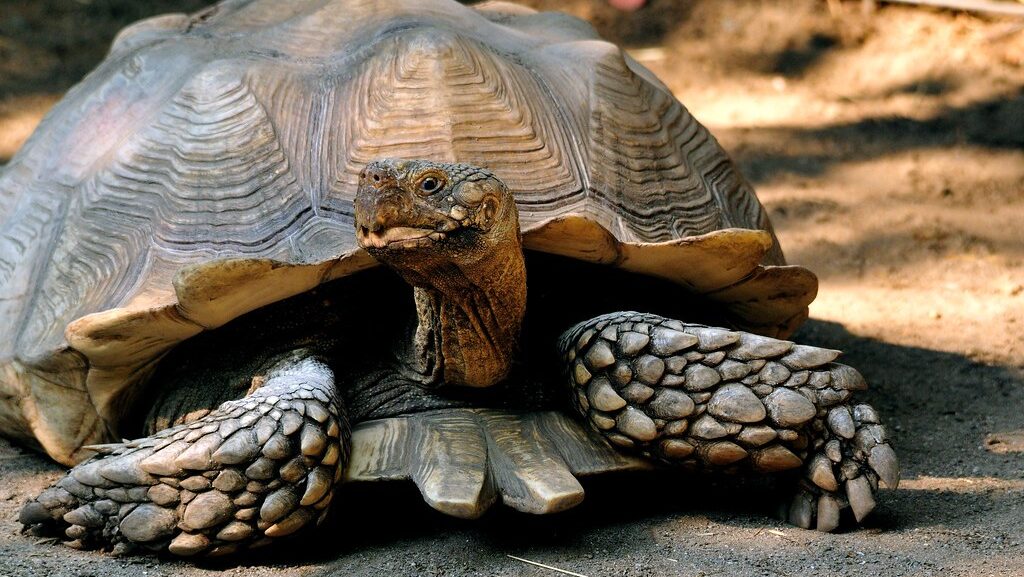




Leave a Reply